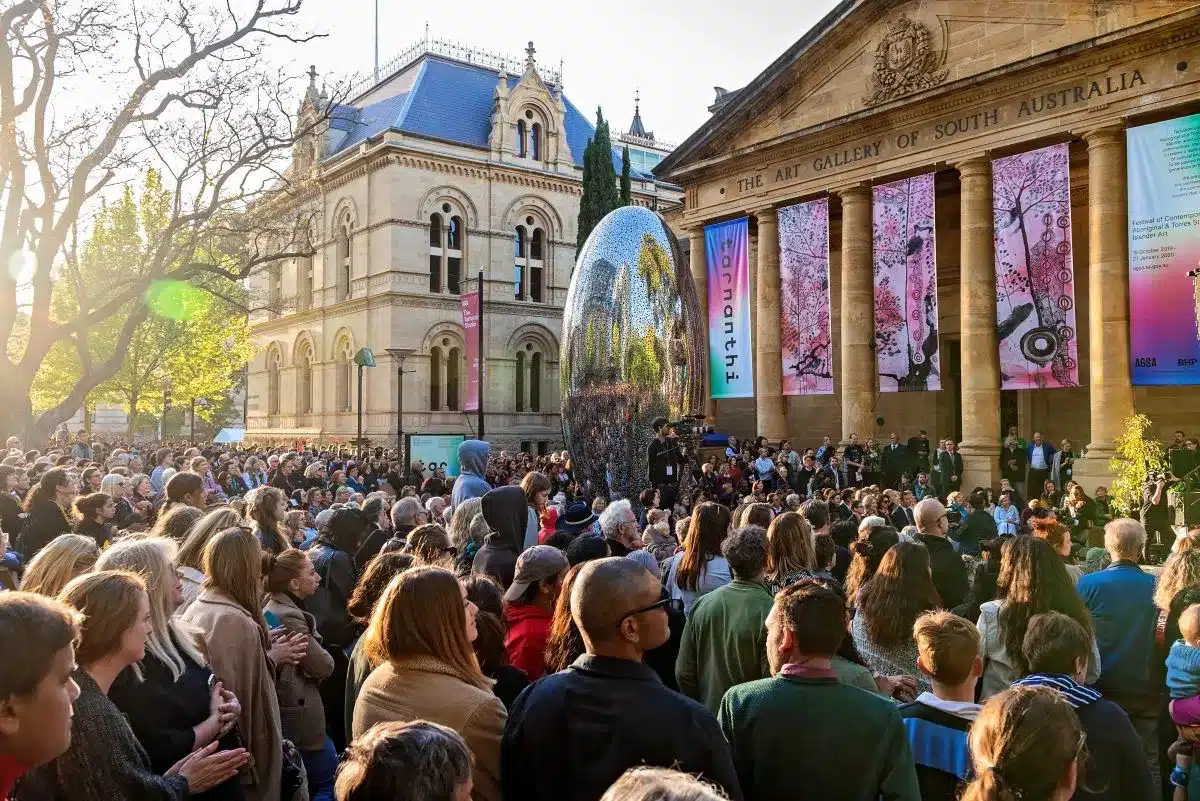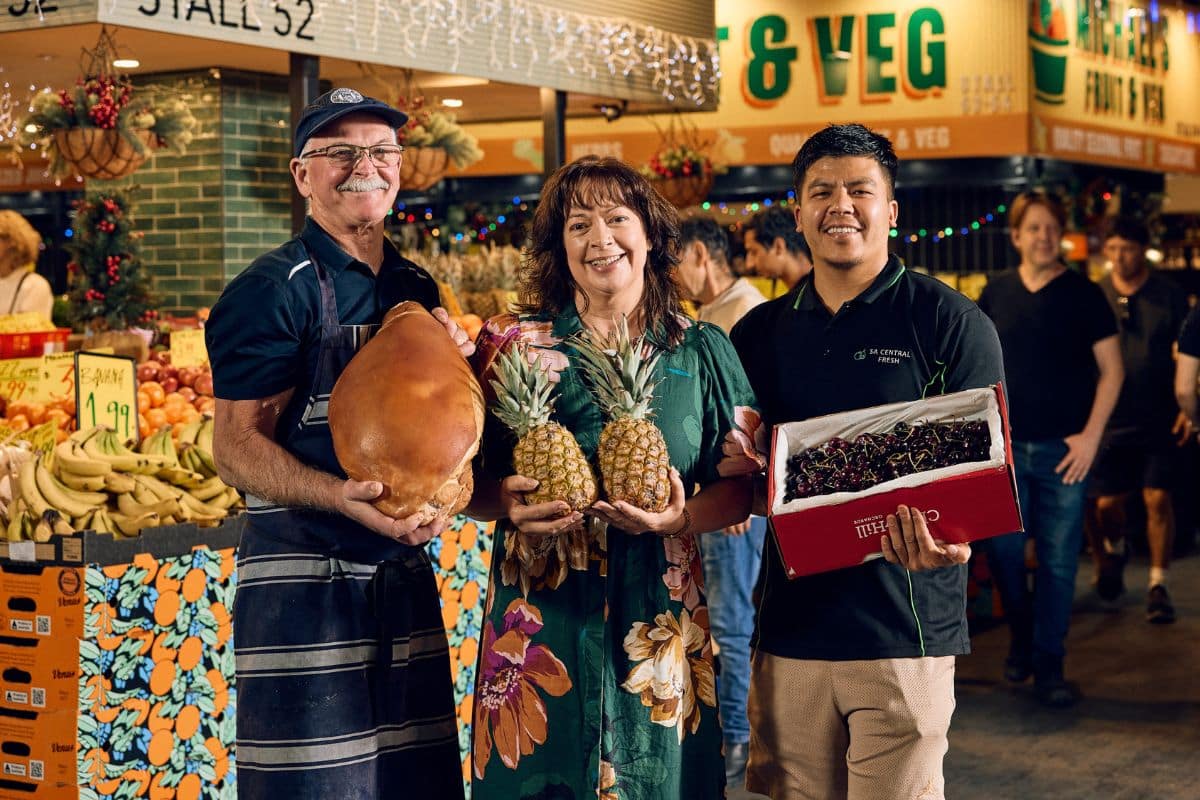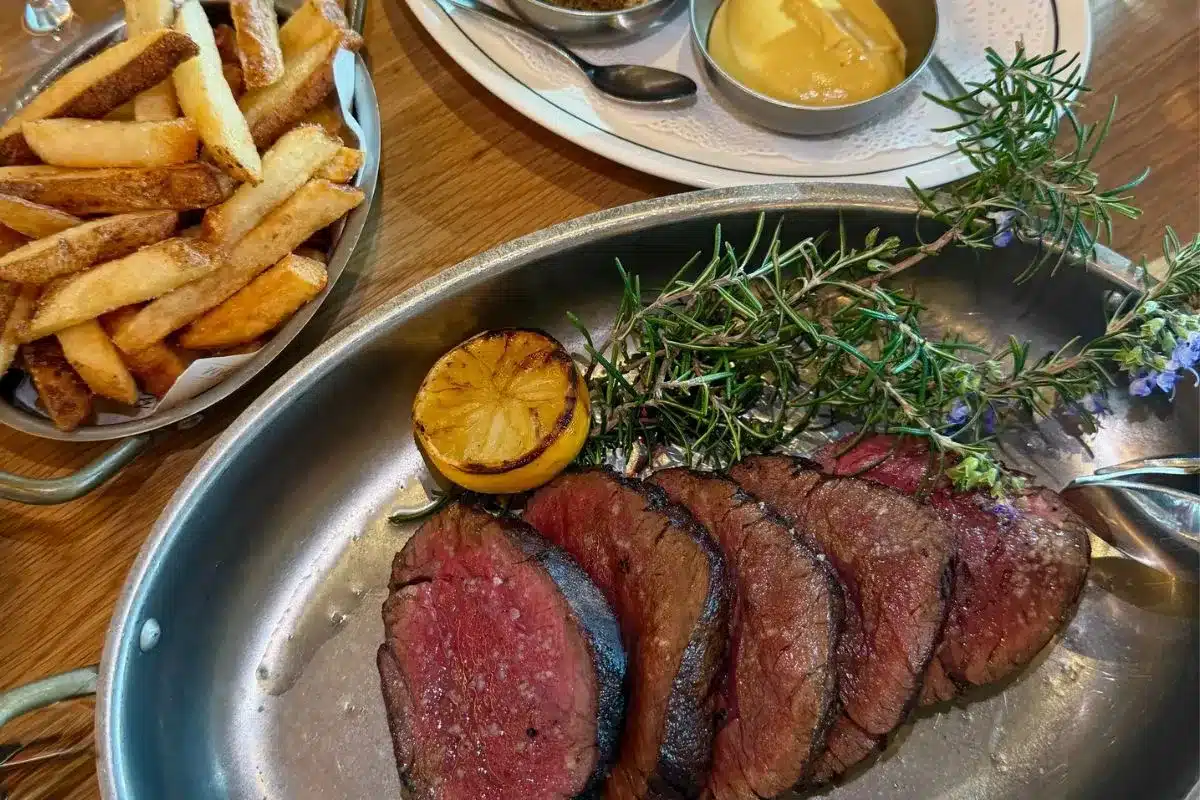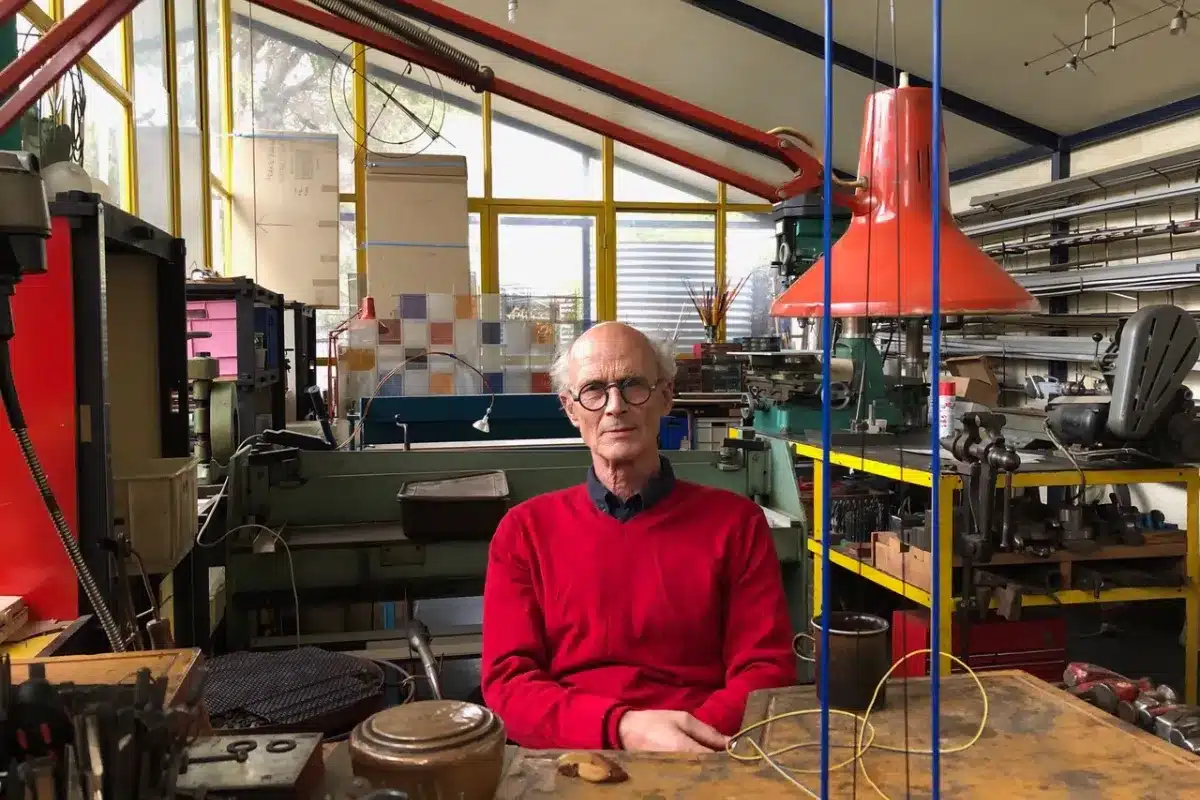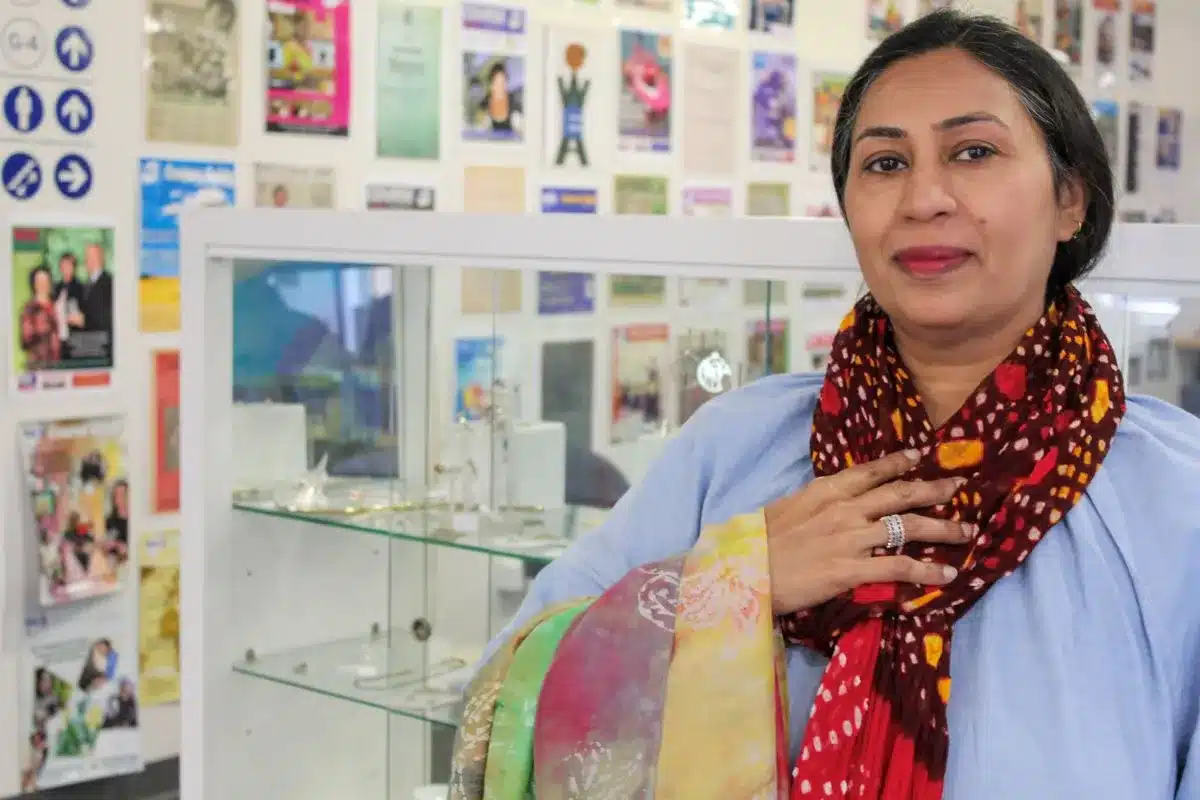Since its inception in 2015, Tarnanthi (pronounced TAR-nan-dee) has become one of Australia’s most powerful cultural platforms, giving rise to new voices and reimagined traditions. The Kaurna word tarnanthi means “to spring forth” or “to appear,” a perfect expression of what the festival has achieved: a continual renewal of creativity that “springs forth” from Country and community.
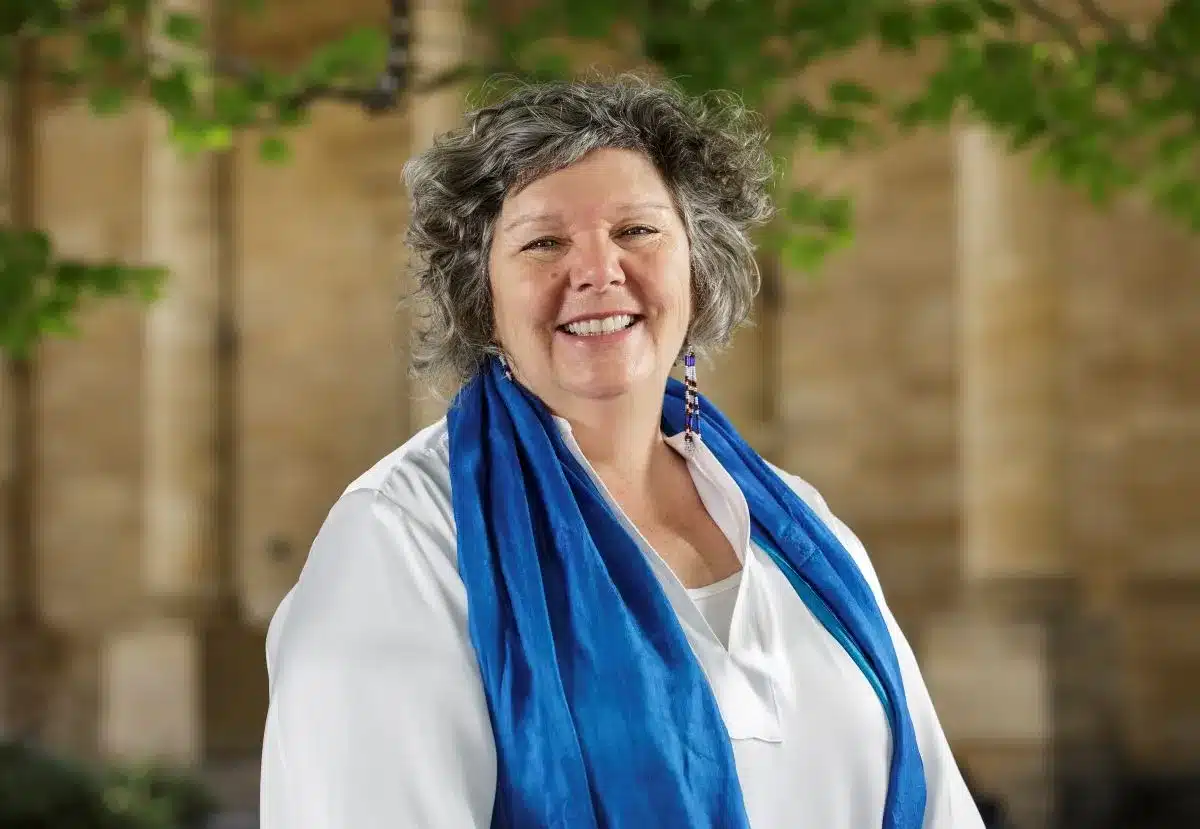
Too Deadly
At the heart of the 2025 festival is Too Deadly: Ten Years of Tarnanthi, a major exhibition featuring more than 200 works by artists from across the country. Curated by Tarnanthi’s Artistic Director, Nici Cumpston OAM, the exhibition draws on works acquired into AGSA’s collection over the past decade, recontextualising and re-energising these landmark pieces. The result is both a reflection and a renewal, allowing new dialogues to emerge between works, artists, and audiences.
AGSA Director Jason Smith describes the show as “a celebration of courage, innovation and cultural leadership — honouring the artists and communities who have trusted us to share their stories with the world.”
Too Deadly features works by more than 200 leading and emerging artists, including Tony Albert, Nyaparu (William) Gardiner, Iluwanti Ken, Vincent Namatjira, Ryan Presley, Reko Rennie, Judith Pungarta Inkamala, Thea Anamara Perkins, and Kaylene Whiskey, among many others.
Kulata Tjuta (Many Spears)
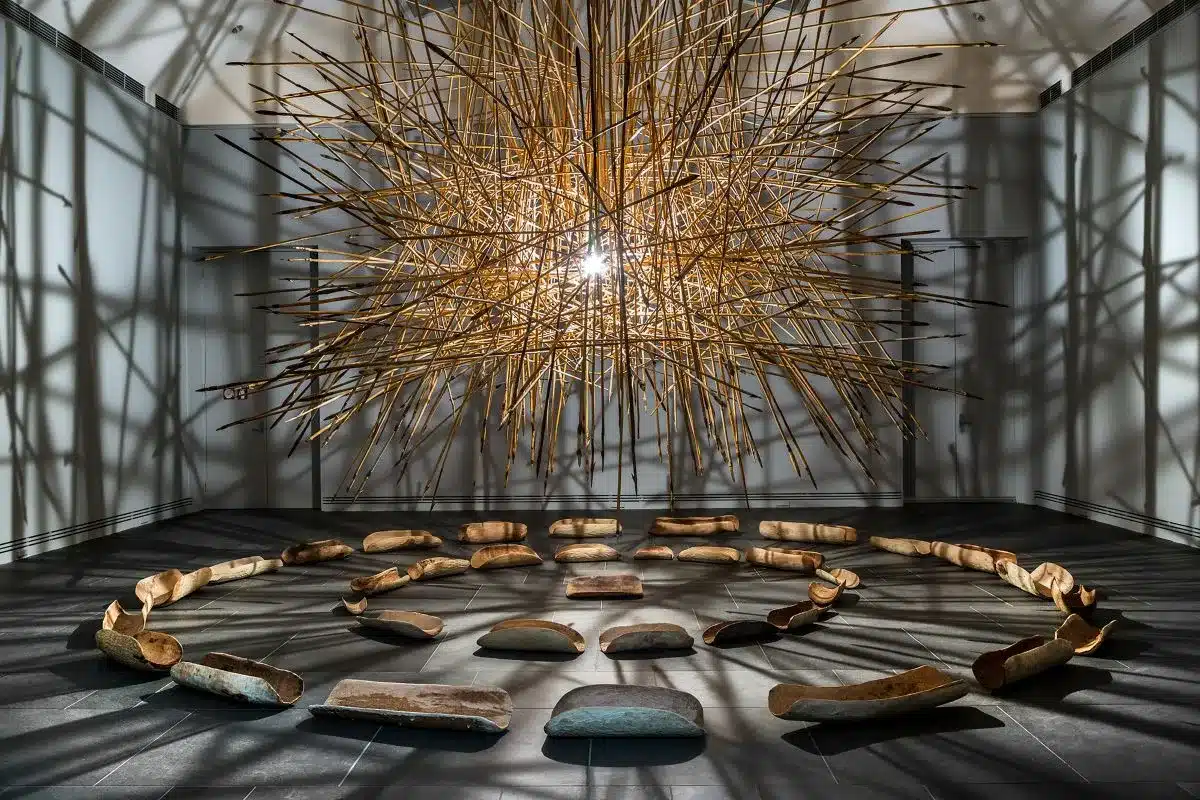
A centrepiece of the Too Deadly exhibition is Kulata Tjuta (Many Spears), a monumental installation that first stunned audiences at Tarnanthi 2017. Created by 59 male Anangu artists from the APY Lands, the work features 551 hand-forged kulata (spears) suspended in a dramatic, explosive formation above a circle of piti (wooden bowls) carved by Anangu women.
Illuminated from a single light source, the spears cast shifting shadows that echo the devastating history of atomic testing on Pitjantjatjara and Yankunytjatjara Country between 1953 and 1963. The installation has since toured the United States, but its return to AGSA marks the first time local audiences can experience it since 2017.
An accompanying six-channel video work weaves together footage of Anangu Country with deeply personal reflections from community members affected by nuclear testing — making Kulata Tjuta not only an artwork, but an act of truth-telling.
Kungka Kunpu (Strong Women)
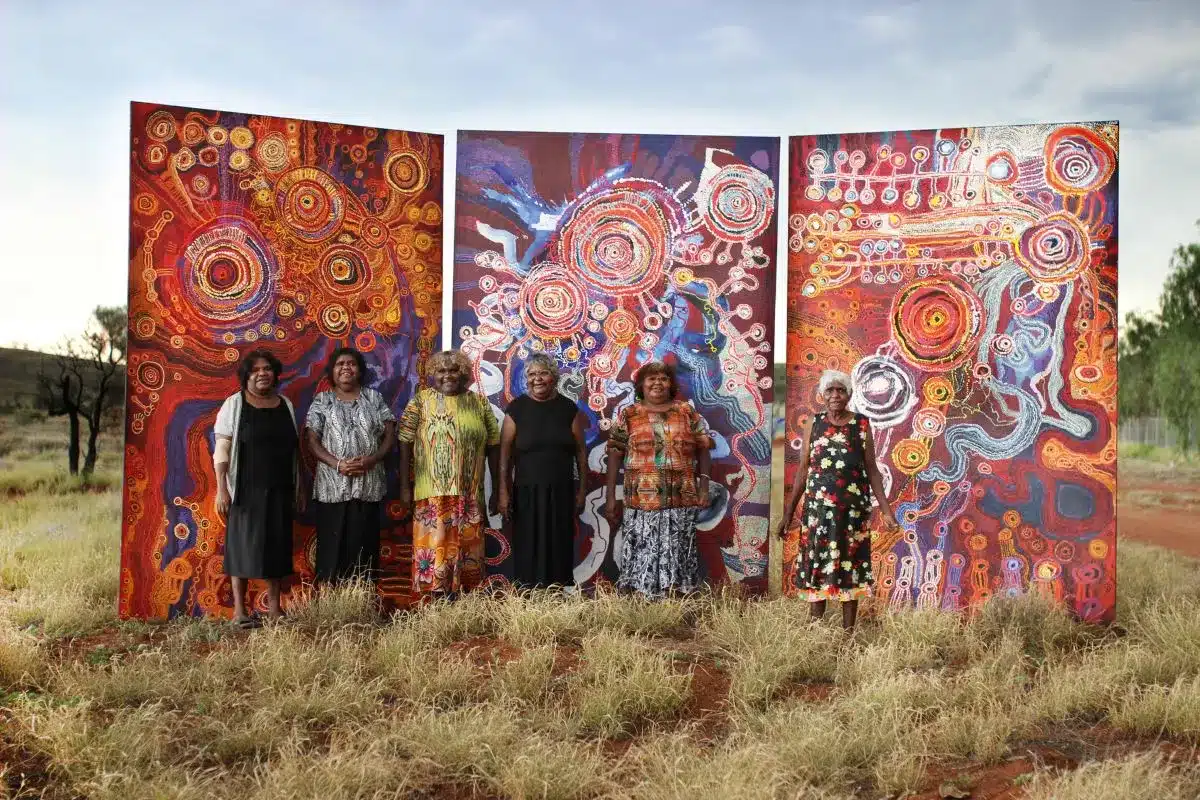
Complementing Kulata Tjuta is a powerful collection of works from Kungka Kunpu (Strong Women), an exhibition that toured nationally from 2022–2024 and now returns home to AGSA. The show celebrates the cultural leadership of women artists from the APY Lands, custodians of an oral tradition that embodies the art of storytelling. It includes new and existing works ranging from Tjanpi Desert Weavers’ intricate sculptures made from grasses and found materials, to large-scale paintings that merge ancestral narrative with contemporary expression.
Each piece reinforces the vital role of women in preserving and propelling cultural knowledge — and their strength in shaping the ongoing story of Tarnanthi.
Regional Tarnanthi
While AGSA anchors the festival, Tarnanthi continues to extend its reach across South Australia through its Regional Tarnanthi program. This year’s regional highlight, Woven within Stars, showcases new and existing works by nine First Nations artists from regional SA, including Regina and Donny McKenzie, Jenna and Vera Richards, Regg Dodd, and Roy Coulthard.
Curated by Tarnanthi Regional Curator Marika Davies, the exhibition explores the ways stories are interlaced with landscape, ancestry and celestial connection — each work echoing the relationship between Country and sky.
Woven within Stars opened at Yarta Purtli Art Gallery, Port Augusta in September and travels to Fabrik in Lobethal in late November, continuing Tarnanthi’s tradition of bringing First Nations art to communities across the state.
The Blak Laundry
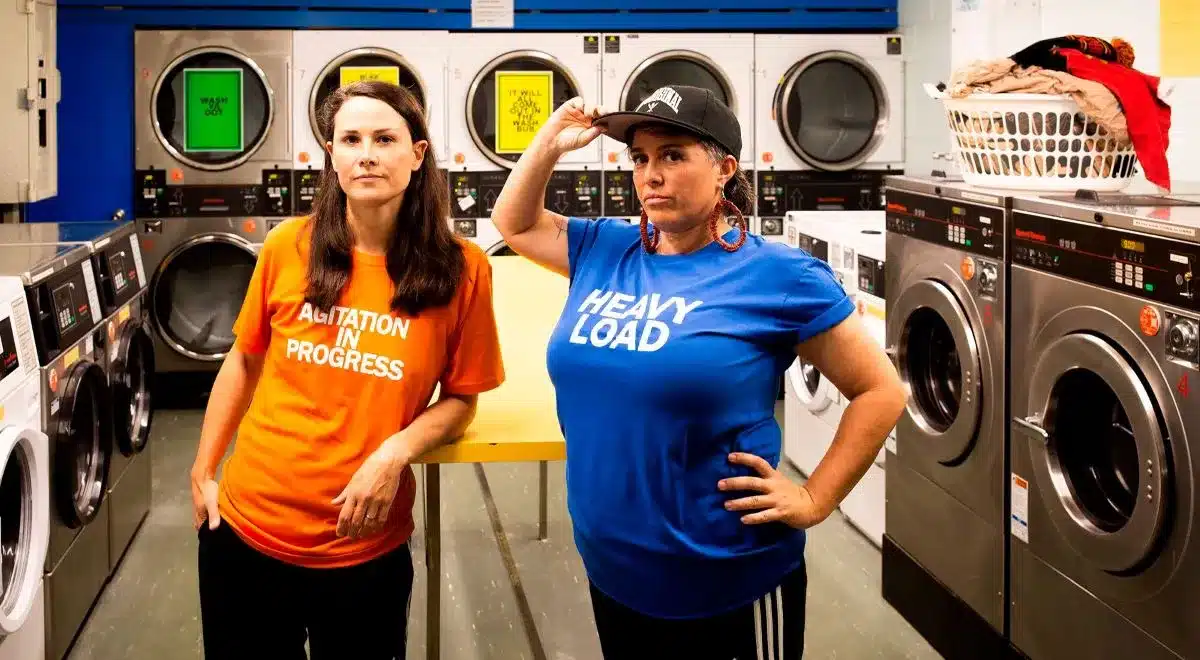
Another standout installation in Too Deadly is The Blak Laundry, a performative laundromat created by Ngugi Quandamooka artist Libby Harward and Gamilaroi artist Dominique Chen.
Part sculpture, part working laundromat, and part gathering space, The Blak Laundry transforms a familiar domestic ritual into a site of reflection and dialogue. Visitors are invited to observe, fold, or even wash as conversations unfold around sovereignty, cultural labour, capitalism and everyday Blak life.
It’s an artwork that is both playful and profound, the kind that defines Tarnanthi’s knack for turning ordinary experiences into moments of cultural insight.
The Tarnanthi Art Fair
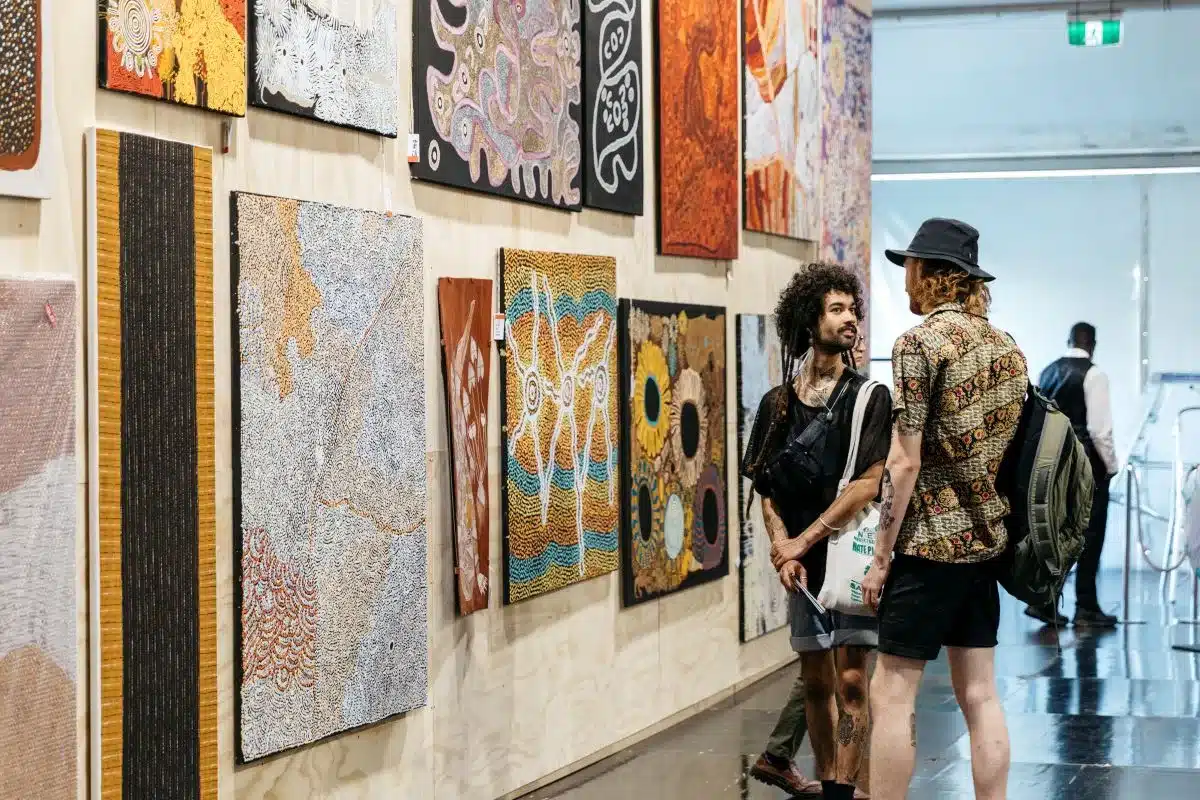
For many South Australians, the Tarnanthi Art Fair is the most anticipated weekend of the year, a chance to meet artists, hear stories firsthand and take home something meaningful.
This year, the fair took place at Union House, University of Adelaide, bringing together hundreds of artists and community-run art centres from across Australia. Each work, whether painting, carving, textile or jewellery, was sold ethically, with every dollar returning directly to the artists and their communities.
Legacy and Leadership
For 10 years, Tarnanthi has been guided by the vision and leadership of Nici Cumpston OAM, a proud Barkandji artist, curator and photographer whose warmth and integrity have shaped the festival’s distinct voice.
As Artistic Director, Cumpston has championed respectful collaboration and authentic storytelling, ensuring artists have agency to present their work on their own terms.
Now based between Adelaide and the Kluge-Ruhe Aboriginal Art Museum at the University of Virginia — the only museum outside Australia dedicated solely to Aboriginal and Torres Strait Islander art — Cumpston continues to extend the reach of First Nations art on a global stage.
Her work has been instrumental in ensuring Tarnanthi is not just an exhibition but a bridge, between generations, between Country and city, and between artists and audiences.
Looking Forward
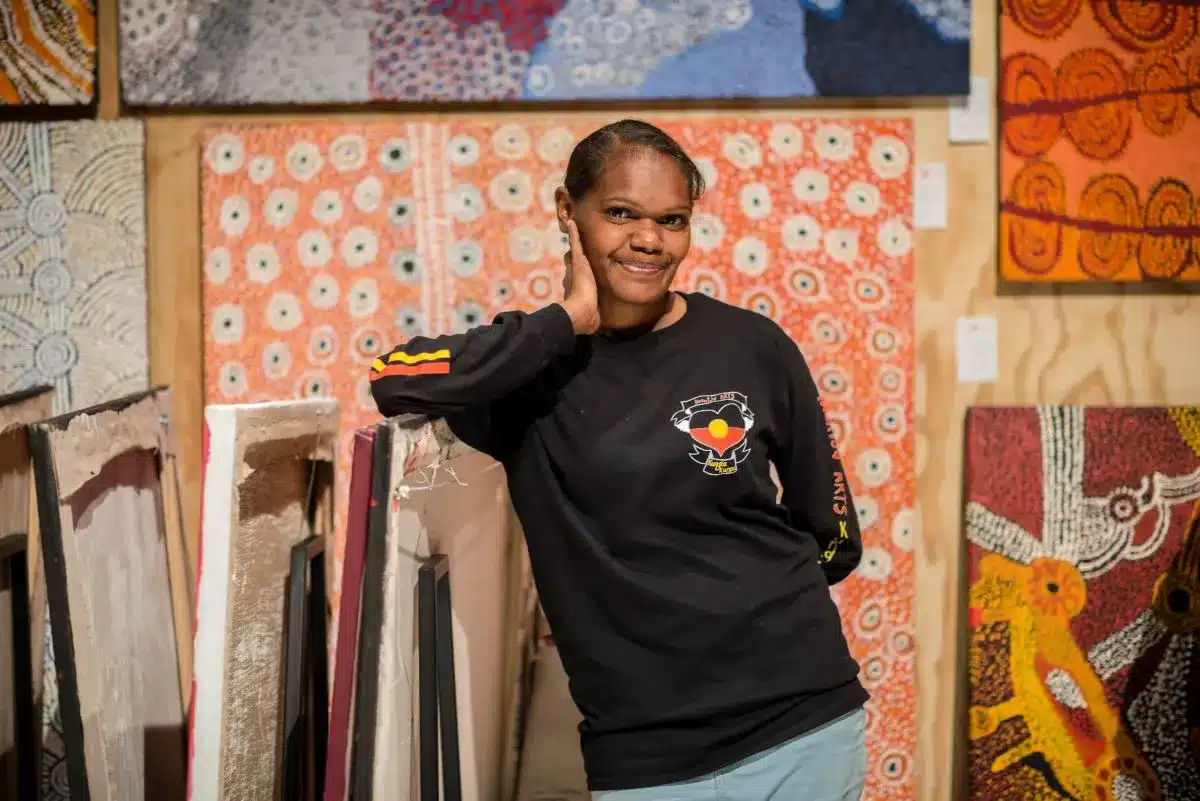
Even as it celebrates a decade, Tarnanthi shows no signs of slowing. A selection of works from Too Deadly will be taken on a national tour from 2026–2028, reaching audiences in Queensland, New South Wales, Victoria and Western Australia.
An accompanying publication featuring essays by First Nations writers will offer deeper insight into Tarnanthi’s legacy and the evolution of Aboriginal and Torres Strait Islander art over the last ten years.
As Premier Peter Malinauskas put it, “Tarnanthi is not just a festival, it’s a platform for our nation’s most important artistic voices, and a cultural offering that continues to strengthen our state’s identity on the national and international stage.”
Ten Years On
As Tarnanthi celebrates its first decade, it stands as both a reflection of what has been achieved and a springboard for what’s to come.
It reminds us that art is more than what hangs on walls — it’s a living expression of resilience, identity and connection. Through Tarnanthi, First Nations artists continue to spring forth — sharing stories that enrich, challenge and unite us all.
A decade of ‘springing forth’
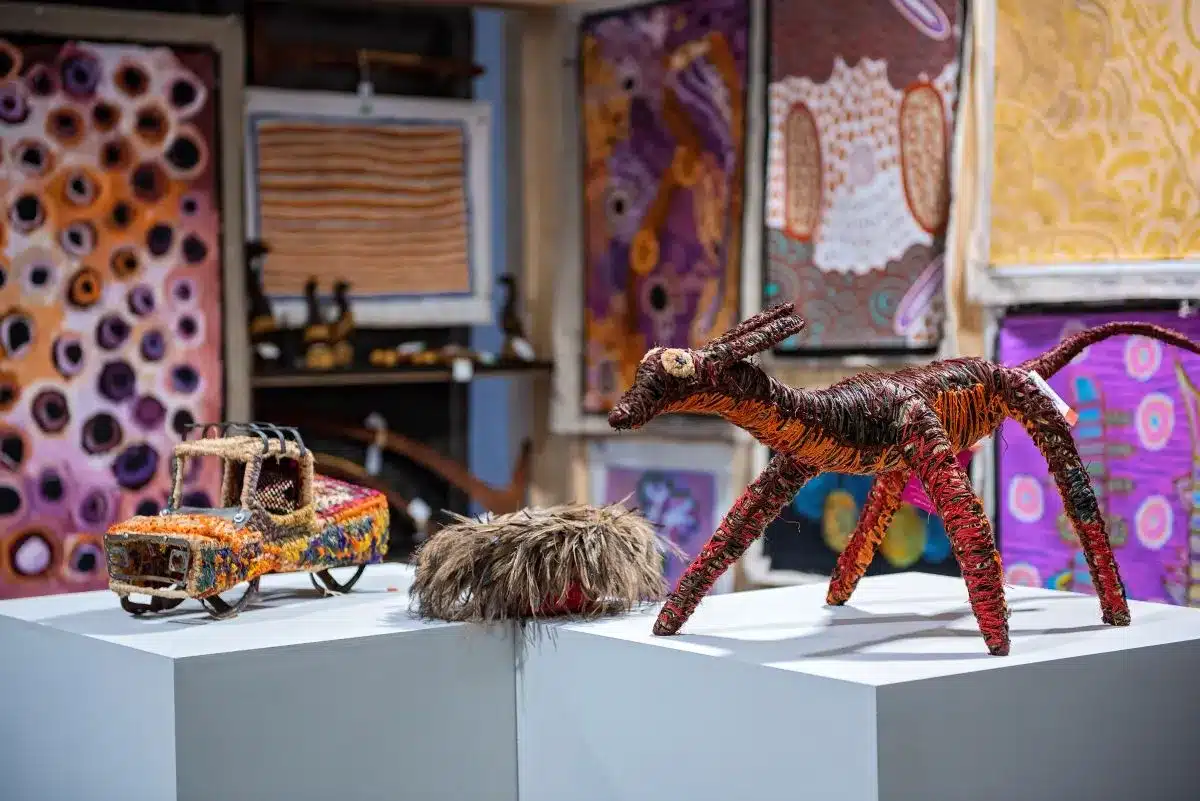
Over the past 10 years, Tarnanthi has presented the work of nearly 9,500 Aboriginal and Torres Strait Islander artists, welcoming more than 2.2 million visitors to exhibitions and events across South Australia and beyond.
It has also made a tangible difference, generating more than $8.5 million in art sales, all returned directly to artists and their community-run art centres. And it’s had a broader economic ripple, contributing $126.5 million to South Australia’s economy since its first festival in 2015.
Too Deadly: Ten Years of Tarnanthi
17 October 2025 – 18 January 2026
Art Gallery of South Australia and partner venues statewide
Full details at agsa.sa.gov.au

